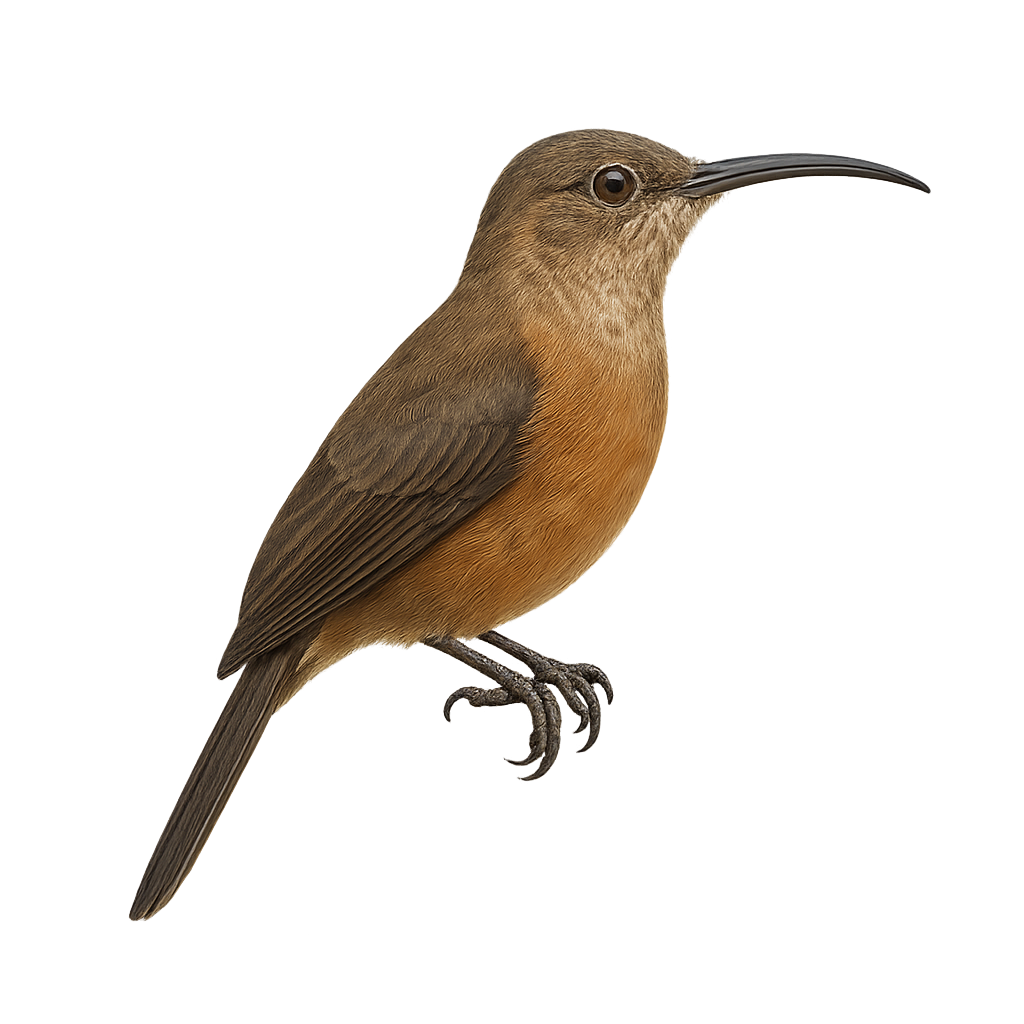Your wildlife photography guide.
Explore the long-tailed hermit in detail, study its behavior, prepare your shots.
Where to observe and photograph the long-tailed hermit in the wild
Learn where and when to spot the long-tailed hermit in the wild, how to identify the species based on distinctive features, and what natural environments it inhabits. The WildlifePhotographer app offers tailored photography tips that reflect the long-tailed hermit’s behavior, helping you capture better wildlife images. Explore the full species profile for key information including description, habitat, active periods, and approach techniques.
Long-tailed Hermit
Scientific name: Phaethornis superciliosus

IUCN Status: Least Concern
Family: TROCHILIDAE
Group: Birds
Sensitivity to human approach: Suspicious
Minimum approach distance: 5 m
Courtship display: September to December
Incubation: 15-17 jours
Hatchings: September to January
Habitat:
Tropical forests, forest edges, gardens
Activity period :
Primarily active during the day, with peak activity in the morning and late afternoon.
Identification and description:
The Long-tailed Hermit, or Phaethornis superciliosus, is a fascinating hummingbird found mainly in the tropical forests of South America. This small bird is recognizable by its long, curved bill, perfect for extracting nectar from tubular flowers. Its plumage is primarily brown with greenish hues and a distinctive stripe above the eye, giving it the name "superciliosus". It is often seen darting from flower to flower, playing a crucial role in pollination. Although generally solitary, it can sometimes be observed in small groups during the breeding season. Its ability to adapt to various habitats, including forest edges and gardens, makes it a resilient bird despite environmental threats.
Recommended lens:
400 mm – adjust based on distance, desired framing (portrait or habitat), and approach conditions.
Photography tips:
To photograph the Long-tailed Hermit, it is advisable to use a telephoto lens of at least 400mm to capture detailed images without disturbing the bird. Look for areas where flowers are abundant, as these birds are often attracted to nectar sources. Be patient and wait for them to come to you. Use a tripod to stabilize your camera and adjust the shutter speed to capture the rapid movement of their wings. Natural morning or afternoon light is ideal for achieving vibrant and natural colors.
The WildlifePhotographer App is coming soon!
Be the first to explore the best nature spots, track rutting seasons, log your observations, and observe more wildlife.
Already 1 439 wildlife lovers subscribed worldwide

